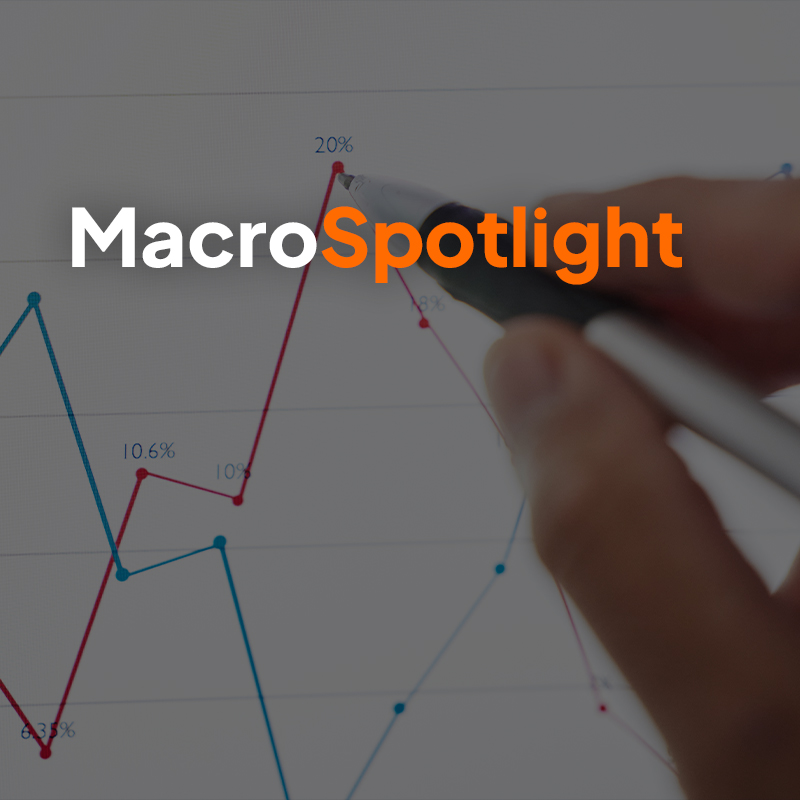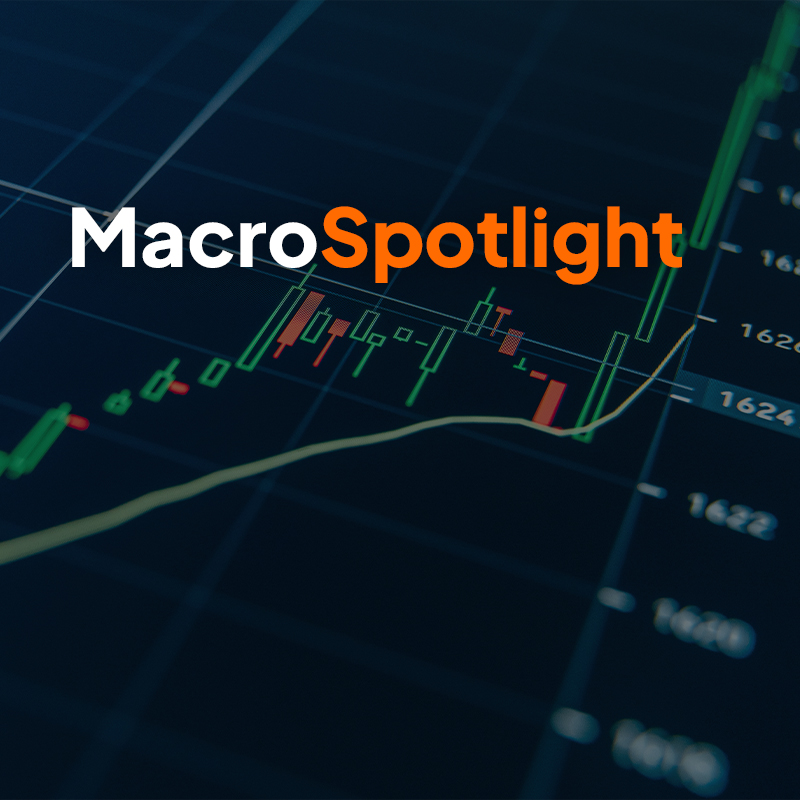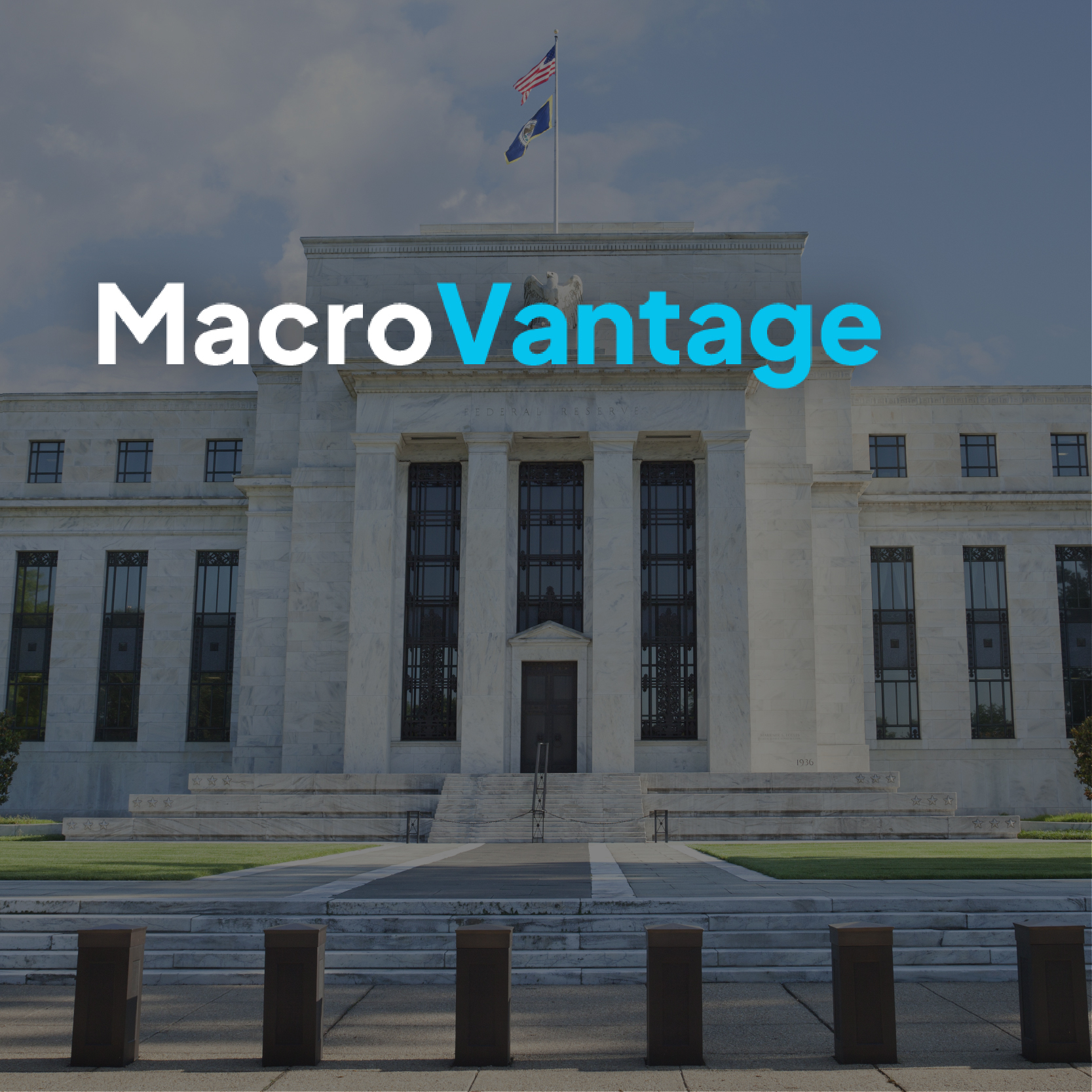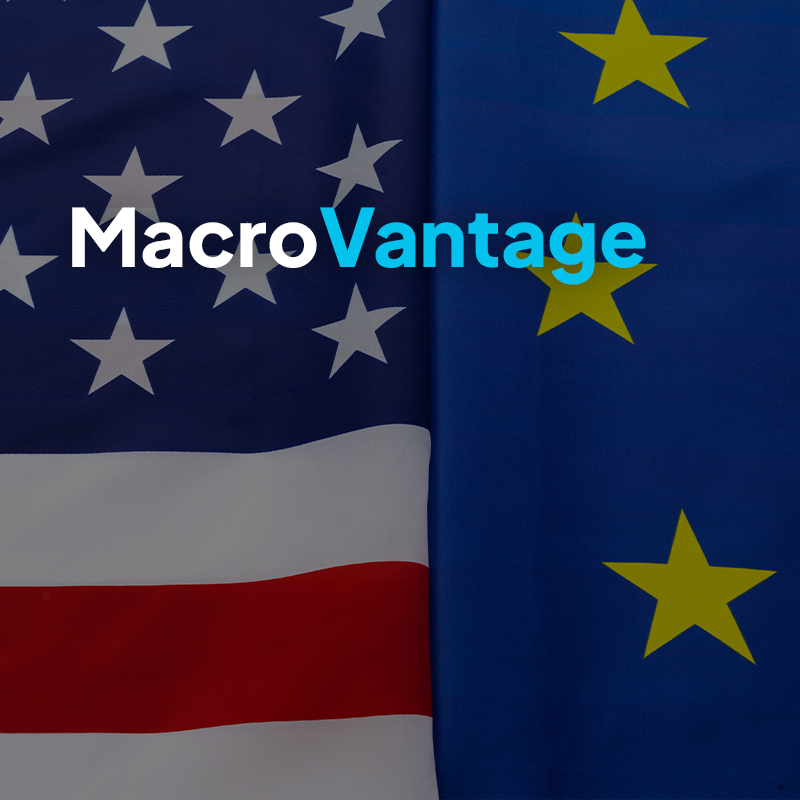Insights

December 18, 2025
Qi Macro Valuation
1. US Cyclicals Rotation in Rich Territory
2. USDJPY – Politics Pushed it Too Far
3. Systemic vs. Idio – Credit is the Biggest Tell
Filters
Thank you! Your submission has been received!
Oops! Something went wrong while submitting the form.












Thank you! Your submission has been received!
Oops! Something went wrong while submitting the form.











